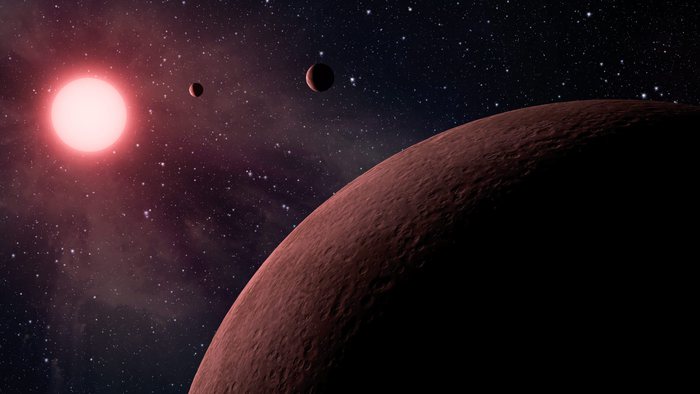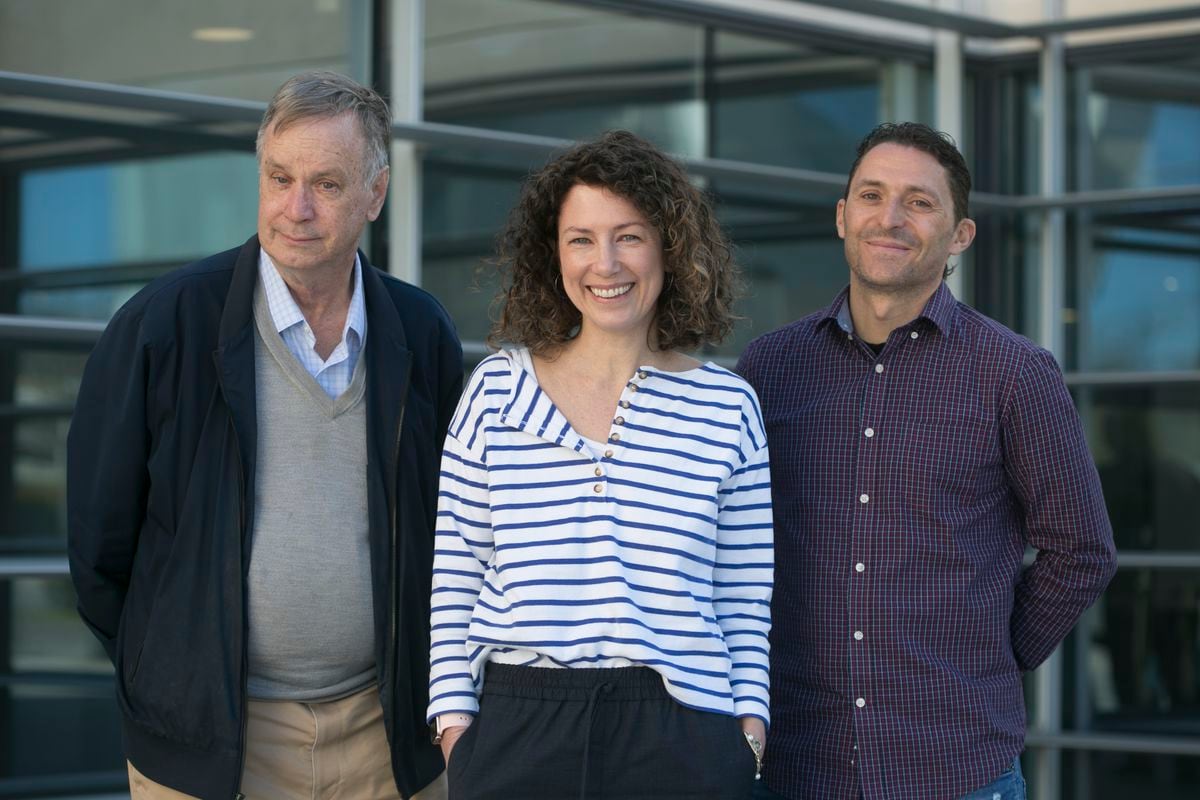About four years ago, the IEEE Microwave Theory and Techniques Society (MTT-S) funded one of the first analyzes of the Internet of Space (IoS) at the International Microwave Symposium (IMS) in San Francisco.
With the representation of satellite companies and end users, the group explored the technical and business challenges facing the still emerging sector.
But what is meant by IoS?
The current IoT, the Internet of Things, takes advantage of the existing wired and wireless network infrastructures for communications and control of commercial and corporate devices (trivially even the webcams we have at home).
The Internet of Space basically achieves the same result, receiving and sending signals, however, from satellites rather than terrestrial infrastructures.
This is a field that, to really blossom, awaits nothing other than 5G.
Deloitte analysts have predicted that by the end of 2020 there will be more than 700 satellites in the low earth orbit range, to offer broadband internet on a global scale, up from around 200 in 2019. With an optimized mix of networks and antennas, organizations and institutions will be able not only to make the most of the speed of 5G but above all to obtain that fundamental information to understand what happens beyond the atmosphere, in real time.
Over the next ten years, IoT / IoS technologies will play a key role in enabling satellite connectivity.
This space race has triggered several new initiatives that hope to achieve a twofold goal: to simplify access to satellite broadband and to provide qualitatively superior data for the study of stars and planets.
In fact, the one being developed is a two-way communication, made possible by a standard, 5G, with low latency and which will also connect areas that are not served by the existing terrestrial networks.
The main architects of this work are SpaceX's Starlink, Amazon's Project Kuiper and OneWeb, supported by Softbank.
Space IoS networks represent the latest frontier in the competition for connectivity that goes further and further beyond the atmosphere.
While business and technical challenges are still on the horizon, in the future most customers and stakeholders will see satellite connectivity as simply another means of obtaining remote data via the cloud.
For rural areas and the like, where internet connections are unreliable or even non-existent, the IoS will serve as an essential technology enabler.
For public subjects and organizations, it will instead mean understanding better and faster how the Universe evolves, interpreting many of the mysteries of which it is still composed.












/cloudfront-eu-central-1.images.arcpublishing.com/prisa/S7ERVSCT4FUVX6R7TUVBDNTH5Y.jpg)


